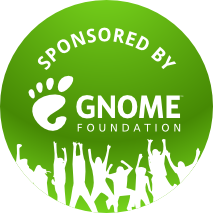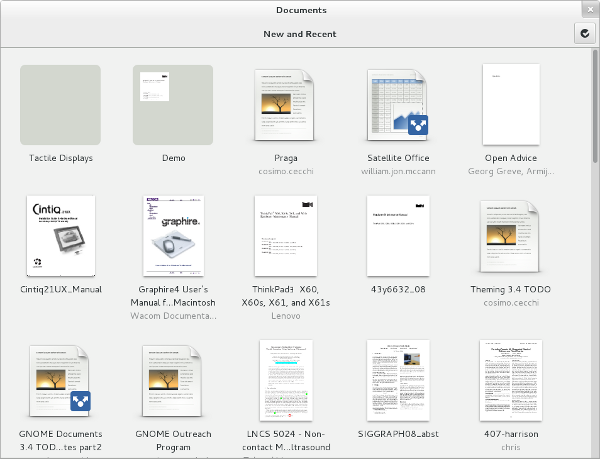
This year’s GNOME.Asia conference wrapped up a couple of days ago, and it was a pleasure to participate for in the event for the second year running. The conference was been a fantastic opportunity to meet GNOME enthusiasts as well as see some existing contributors face-to-face for the first time.
It was a busy conference for me, as I was involved in three separate sessions. The first was a design workshop that me, Jon and Jimmac ran prior to the conference. This was a well attended event that ran for a whole afternoon. We began with a discussion of design process, and gave an overview the various stages we go through as a part of design initiatives in GNOME. After that, we demonstrated some of the tools that we use in GNOME design, with Jimmac showing off some Inkscape tips and tricks.
Myself, Jon and Jimmac gave the keynote on the Saturday morning. Titled ‘Beyond Dead Reckoning’, the presentation talked about the history behind GNOME 3, as well as discussing where GNOME is today and where it is going. In the final part of the talk, we presented our recent design work and our efforts to define a new pattern language for GNOME application design. We’ll be giving a talk on the same theme at GUADEC next month.
I also gave the keynote on the Sunday morning. This was an updated version of the presentation I gave in FOSDEM earlier in the year, which centred on the Every Detail Matters initiative. I think that effort contains some important lessons for how we organise our development efforts in GNOME, as well as how we can improve other outreach initiatives.
As ever, the highlight of the conference was the people. It’s always fantastic to meet enthusiasts and contributors, as well as to speak to people who might want to participate in GNOME in the future. GNOME.Asia does a fantastic job of bringing new people into the community, and deserves all our support for that reason alone.
Big thanks to the GNOME.Asia organisers – Max, Haggen and Sammy especially – as well as the volunteers who helped out on the day. They worked extremely hard to make the conference run smoothly, and did a great job taking care of those of us who flew in to give talks.
I’d also like to thank the GNOME Foundation for assisting with the organisation of the conference, as well as enabling me to attend.


